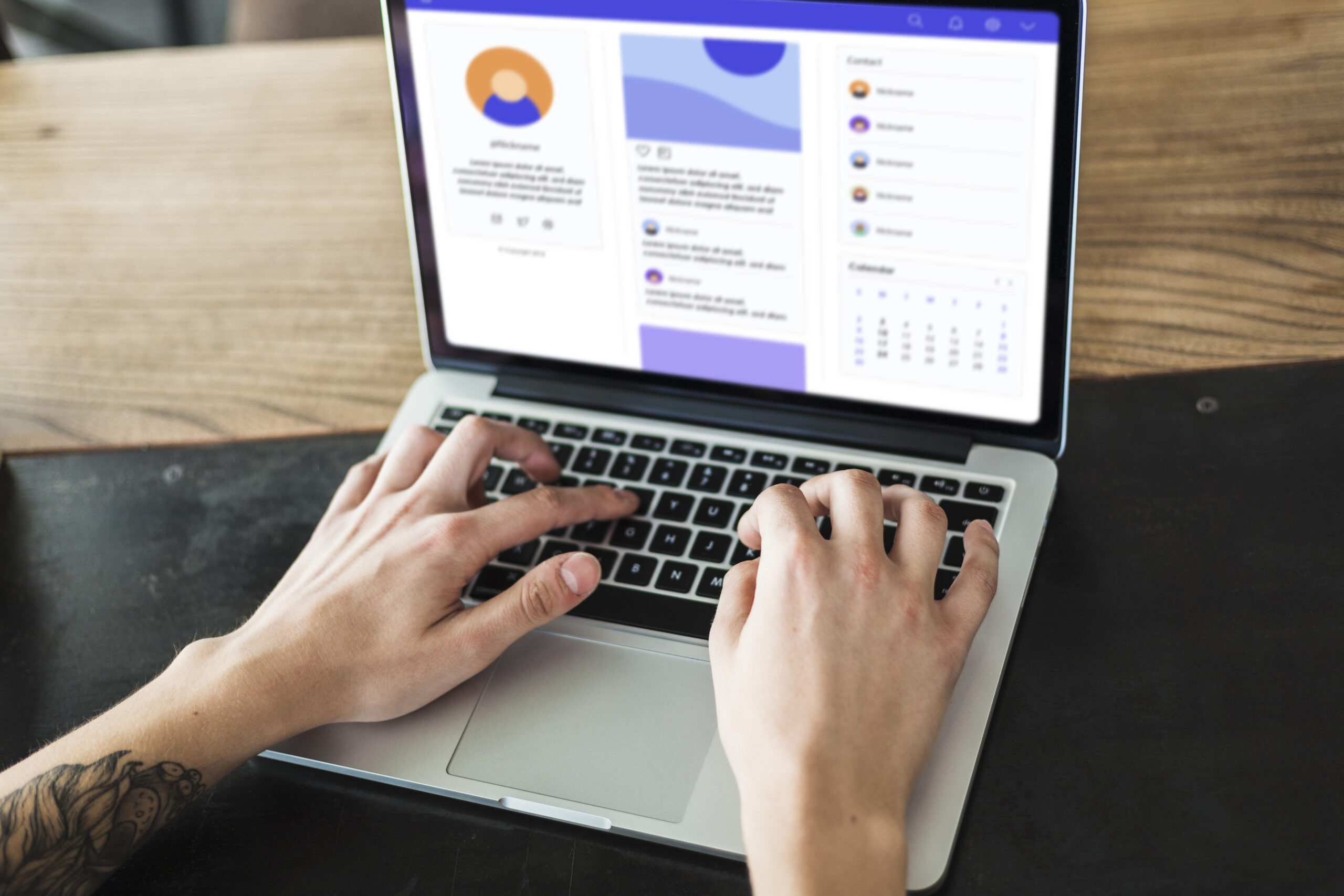Google Analytics AI Insights – Predictive Metrics, Automated Reporting, and Smarter Decision-Making


Google Analytics 4 introduced machine learning capabilities that fundamentally changed how marketers interpret user behavior. Instead of relying solely on historical reports and manual anomaly detection, google analytics ai insights actively surface patterns, predict future actions, and flag statistically significant changes without requiring constant dashboard monitoring. For analysts managing multiple properties or marketers without dedicated data science support, these AI-driven features transform GA4 from a passive reporting tool into a proactive intelligence system.
Table of Contents
This article explains how AI functions within GA4, what insights it generates automatically, and how to apply predictive metrics to actual marketing decisions.
What Are Google Analytics AI Insights in GA4
Google analytics ai insights refers to two distinct but complementary AI capabilities built into GA4:
Automated Insights detect and report anomalies, trends, and opportunities across your analytics data. The system continuously monitors hundreds of metrics and dimensions, identifying patterns that deviate from expected behavior based on historical performance. When GA4’s algorithms detect something noteworthy-a traffic surge from an unexpected source, a sudden drop in conversion rates, or emerging user segments-it surfaces these findings directly in the interface.
Predictive Metrics use machine learning models to forecast future user actions based on behavioral signals. GA4 analyzes patterns in how users interact with your site or app, then calculates probabilities for specific outcomes: likelihood of purchase within 7 days, probability of churn, and potential revenue from user segments.
Both capabilities operate automatically once GA4 collects sufficient data. There’s no configuration required for basic functionality, though data thresholds and model accuracy improve with scale and time.
The AI doesn’t replace manual analysis but supplements it by handling pattern recognition tasks that would require hours of manual investigation or custom SQL queries in previous analytics versions.
How AI-Powered Automated Insights Work
Automated insights appear in the GA4 interface as notification cards highlighting data patterns the system deems significant. The algorithm evaluates statistical significance, business impact potential, and deviation magnitude before surfacing findings.
Types of Automated Insights:
- Anomaly detection: Sudden increases or decreases in traffic, conversions, or engagement metrics that fall outside normal variance ranges
- Emerging trends: Gradual shifts in user behavior, traffic sources, or device usage patterns accelerating beyond baseline
- Segment opportunities: User groups demonstrating conversion rates or engagement levels substantially different from average
- Campaign performance alerts: Paid traffic sources showing efficiency changes relative to historical performance
GA4’s AI Insights often trigger when a newly launched page significantly outperforms baseline engagement or when returning users from a specific region demonstrate purchase intent metrics two standard deviations above the mean.
How the System Prioritizes Insights:
The algorithm considers several factors when determining which insights appear prominently:
- Statistical confidence: Pattern must meet significance thresholds to eliminate noise
- Impact magnitude: Changes affecting small traffic volumes receive lower priority than those affecting major segments
- Recency: Recent patterns weighted more heavily than historical deviations
- Actionability: Insights tied to controllable factors (campaigns, content) prioritized over external factors (seasonality)
Users access automated insights through the Home dashboard or the dedicated Insights section. Each insight includes context explaining what changed, when the pattern emerged, and which user segments or dimensions drove the change.
Predictive Metrics: Purchase Probability, Churn Probability, and Revenue Forecasting
Predictive metrics represent GA4’s most sophisticated AI application. These forward-looking calculations enable audience targeting and resource allocation based on likelihood of future actions rather than only past behavior.
Purchase Probability calculates the likelihood that users who were active in the last 28 days will complete a purchase transaction within the next 7 days. The model analyzes behavioral signals including:
- Session frequency and recency patterns
- Pages viewed and content categories engaged
- Previous conversion history
- Device and traffic source mix
- On-site search behavior and product view patterns
Users receive probability scores from 0–100%. Marketers can create audiences targeting high-probability users (typically 70%+ scores) for retention campaigns or low-probability users needing additional nurturing.
Churn Probability predicts which users are unlikely to return to your app or site within the next 7 days. This metric proves particularly valuable for subscription businesses, apps with retention monetization models, and e-commerce brands with repeat purchase patterns.
The churn probability model considers:
- Days since last visit
- Engagement depth in recent sessions
- Behavioral changes compared to typical user patterns
- Lifecycle stage and total interaction history
Revenue Prediction estimates the expected revenue from users who were active in the last 28 days over the next 28 days. This calculation helps with:
- Budget allocation across acquisition channels
- Customer lifetime value modeling
- Inventory planning for seasonal businesses
- Sales forecasting and goal setting
Data Requirements for Predictive Metrics:
| Metric | Minimum Requirements |
| Purchase Probability | 1,000+ purchase events in 28 days |
| Churn Probability | 1,000+ returning users with negative outcome events |
| Revenue Prediction | 1,000+ purchase events with revenue data |
Properties below these thresholds won’t generate predictive metrics. Data quality matters significantly-inconsistent event tracking or incomplete e-commerce implementation degrades model accuracy.
How AI Insights Improve Marketing and UX Decisions
Google analytics ai insights translate into actionable decisions across multiple business functions:
Paid Media Optimization:
When automated insights detect that a specific campaign or ad group shows declining conversion efficiency, marketers can adjust bids, refresh creative, or reallocate budget before wasted spend accumulates. GA4’s AI might surface that mobile traffic from Facebook campaigns converts 40% worse than historical averages, prompting landing page mobile optimization.
Content Strategy Adjustments:
If insights reveal that blog posts covering a specific topic category generate 3x higher engagement and lead to purchase probability scores above 75%, content teams can prioritize similar topics. The system identifies these patterns faster than manual content performance reviews.
User Experience Improvements:
Automated insights flagging sudden increases in exit rates on checkout pages or form abandonment spikes enable rapid UX investigation. When GA4 detects these anomalies, teams can address friction points before significant conversion loss occurs.
Retention Campaign Targeting:
High churn probability scores identify users needing re-engagement campaigns. Rather than blasting entire databases with retention offers, businesses can target users showing behavioral signals indicating imminent churn-maximizing campaign ROI while reducing unnecessary discounting to loyal customers.
Example Scenario:
An e-commerce site notices an automated insight showing that users who view product comparison pages have purchase probability scores 60% higher than users who don’t. Marketing creates dedicated comparison content for top product categories and targets high-probability users with ads highlighting these resources, increasing conversion rates 23% quarter-over-quarter.
Using AI Insights for Segment Creation and Audiences
Predictive audiences built from AI-generated metrics enable sophisticated targeting without complex manual segmentation.
Creating Predictive Audiences in GA4:
- Navigate to Configure → Audiences
- Select “Create a predictive audience” option
- Choose predictive condition (likely 7-day purchasers, likely to churn, predicted high-revenue users)
- Set probability threshold (e.g., purchase probability > 70%)
- Add optional demographic or behavioral filters
These audiences sync automatically with Google Ads, Display & Video 360, and other connected platforms. Unlike static audiences requiring periodic rebuilding, predictive audiences update daily as user behavior evolves and probability scores change.
Strategic Applications:
- Lookalike expansion: Export high purchase probability users to advertising platforms for similar audience targeting
- Sequential messaging: Create different creative strategies for users at different probability thresholds
- Budget concentration: Focus acquisition spend on channels delivering users with highest predictive metric scores
- Lifecycle automation: Trigger email sequences or app notifications based on churn probability changes
The combination of automated insights identifying what’s working and predictive audiences enabling targeting based on future behavior creates a feedback loop improving campaign performance continuously.
Real Examples: What AI Insights Surface and When They Matter
Understanding typical insight patterns helps marketers distinguish actionable signals from statistical noise:
Example 1: Regional Traffic Surge GA4 surfaces that organic traffic from a specific geographic region increased 180% week-over-week. Investigation reveals viral social media mention. Marketing team quickly creates region-specific landing pages and promotional offers, capitalizing on unexpected awareness spike.
Example 2: Device Performance Divergence Automated insight flags that tablet users suddenly show 45% lower conversion rates despite unchanged traffic volume. Analysis identifies recent site redesign introduced tablet-specific rendering issues. Development team prioritizes fix, preventing extended conversion loss.
Example 3: Customer Segment Opportunity AI identifies that users arriving from email campaigns who also engage with video content show purchase probability scores averaging 82%, compared to 34% for email-only interactions. Marketing increases video content in email campaigns and creates dedicated video landing pages for email traffic.
Example 4: Seasonal Pattern Acceleration System detects that typical Q4 traffic increases began three weeks earlier than historical patterns. Inventory and marketing teams adjust plans accordingly, avoiding stockouts and maximizing seasonal revenue opportunity.
Limitations, Data Thresholds, and Accuracy Factors
Google analytics ai insights capabilities depend heavily on data volume and quality:
Volume Requirements:
Properties with minimal traffic won’t generate predictive metrics or consistent automated insights. Predictive features require thousands of events monthly. Sites under 10,000 sessions monthly may see limited AI functionality.
Data Quality Dependencies:
Inconsistent event tracking, missing e-commerce parameters, or improper conversion configuration degrade model accuracy. AI insights quality reflects underlying data implementation quality.
Model Refresh Cycles:
Predictive metrics update daily but reflect behavioral patterns established over weeks. Rapid business model changes or major site redesigns may temporarily reduce prediction accuracy until sufficient new data accumulates.
Privacy and Sampling Thresholds:
GA4 applies data thresholds to protect user privacy when user counts are low. In properties with limited traffic or highly specific segments, some insights may be withheld or aggregated to prevent user identification.
Attribution Limitations:
Automated insights identify correlations but don’t definitively establish causation. A traffic increase coinciding with a marketing campaign doesn’t prove the campaign caused the increase-external factors might drive the pattern.
Is Google Analytics AI Insights Worth Using?
Google analytics ai insights represents meaningful evolution in analytics accessibility. The technology democratizes pattern recognition capabilities previously requiring data science expertise or expensive business intelligence platforms.
For marketing teams managing multiple campaigns across channels, automated insights provide valuable anomaly detection and opportunity identification without constant dashboard monitoring. Predictive metrics enable targeting sophistication previously available only through complex data warehouse implementations.
The system works best for properties with consistent traffic volumes above 50,000 monthly sessions and clean event tracking implementation. Smaller sites or those with data quality issues will see limited benefit until they address foundational analytics hygiene.
Rather than replacing analyst roles, GA4’s AI capabilities allow analysts to focus on strategic questions and experimental design rather than routine pattern detection. The insights surface possibilities; human judgment determines which findings merit resource investment and how to translate probabilities into action.
As Google continues refining these models and lowering data requirements, AI insights will likely become standard practice for performance marketing-making early adoption and familiarity with the capabilities increasingly valuable for competitive advantage.



